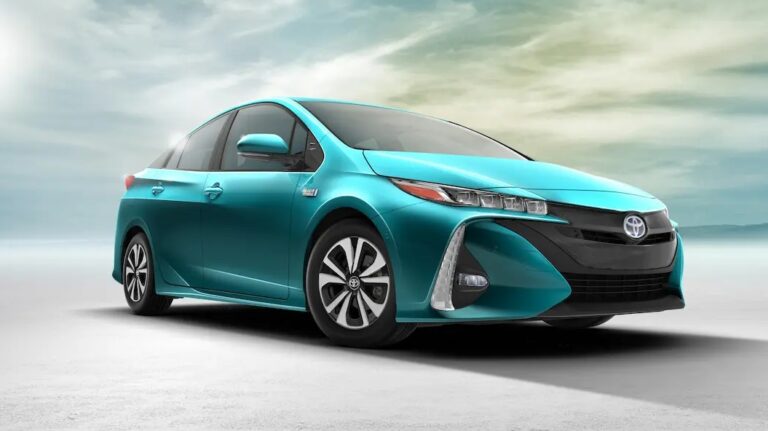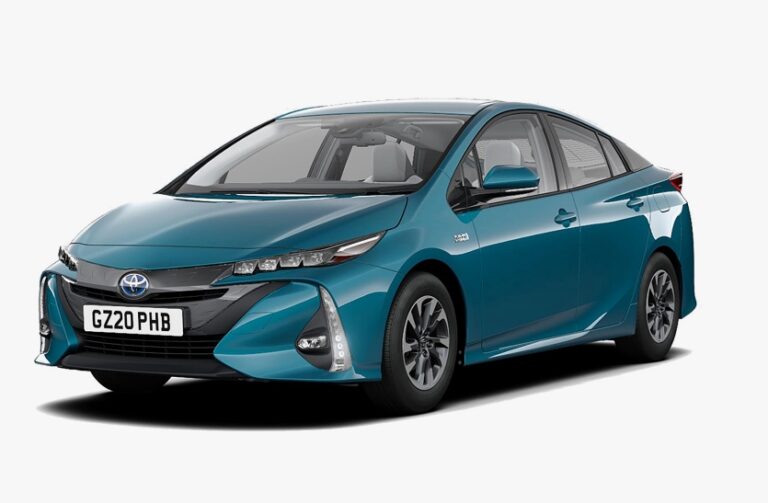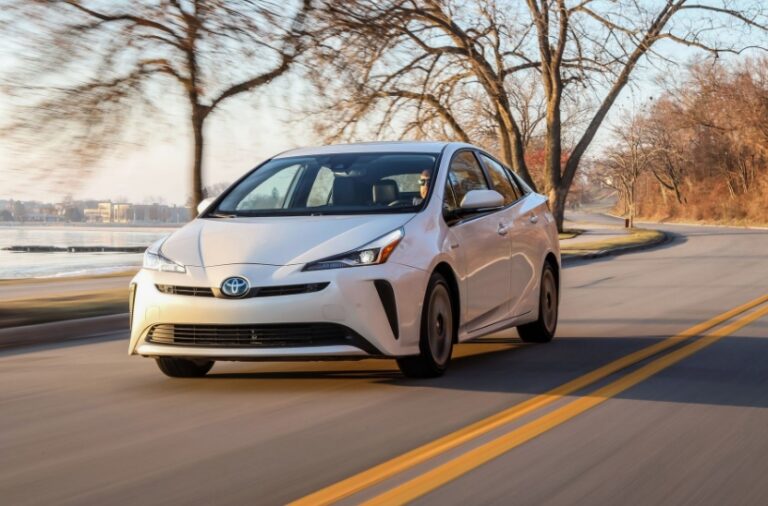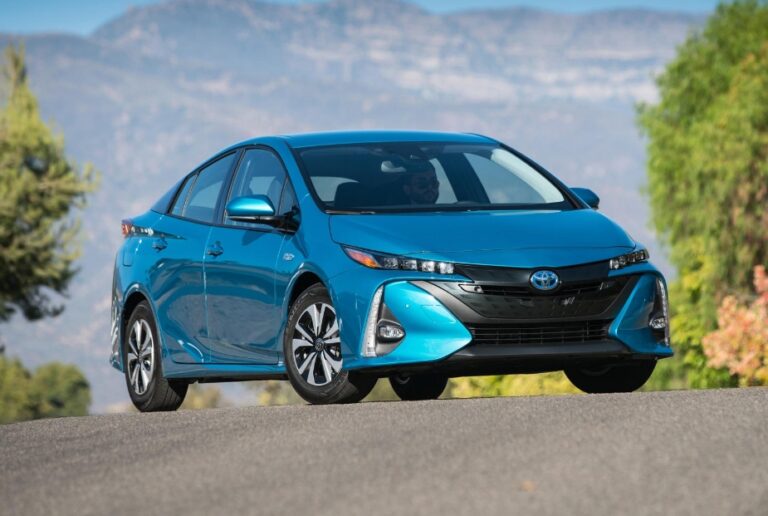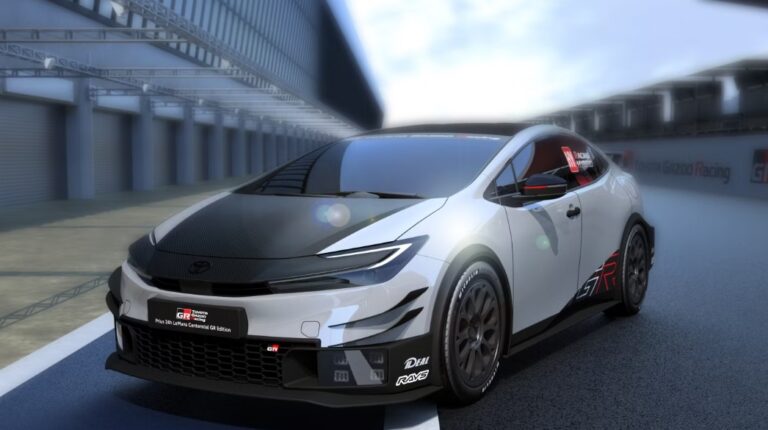2026 Toyota Prius Plug-In Specs, Redesign, Release Date
2026 Toyota Prius Plug-In Specs, Redesign, Release Date – If you’ve been thinking about an electric car but are concerned about how far you’ll get on a charge, a plug-in hybrid (PHEV) could be the ticket. These vehicles can run on their batteries alone, but once that stored charge is depleted, they continue to operate as conventional hybrids – as long as you have gas in the tank, you’ll get where you’re going. Such is the case with the 2026 Toyota Prius Prime, the plug-in take on Toyota’s popular hybrid.
2026 Toyota Prius Plug-In Redesign and Update Plan
Exterior and Interior
The Upgrade level features seats trimmed in soft faux leather, and for the average commute, they’re supportive and comfortable. Part of my time with the car involved two four-hour treks, and while the seats got a little bit hard toward the end of it, I realize it’s meant as an urban warrior, not a cross-Canada cruiser. Legroom is good in the front seats and also in the rear, where there’s a bit more space than expected for a vehicle this size. There’s a new middle position in the rear seat, turning the Prius Prime into a five-seater, but consider that primarily for children or for short trips for adults. 2026 Toyota Prius Plug-In Specs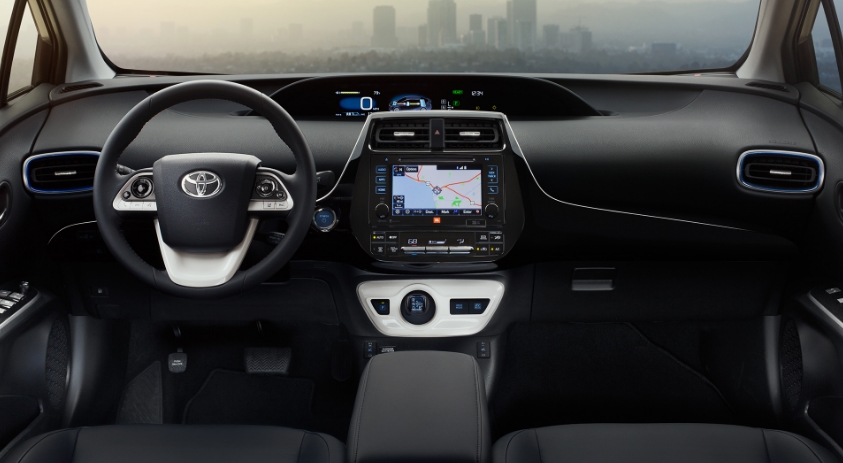
2026 Toyota Prius Plug-In Specs
The base Prius Prime comes well-stocked, and for 2026 gets standard satellite radio and Apple CarPlay (but not Android Auto), along with two extra USB ports for the rear seats. Other items include automatic climate control, a government-mandated rear-view camera, cargo cover, proximity sensor, and LED headlights. 2026 Toyota Prius Plug-In Specs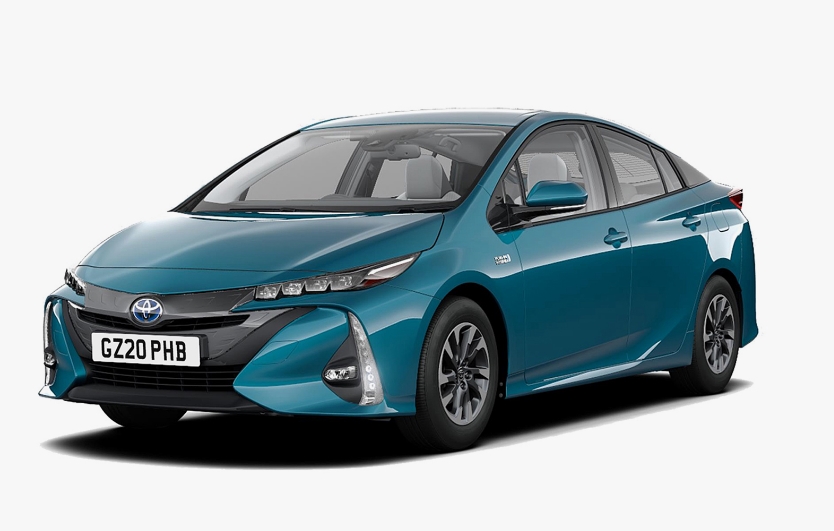
Moving to the Upgrade adds that infernal oversized touchscreen, along with wireless charging, vinyl seat panels, and eight-way power driver’s seat. My tester’s optional Technology Package further added a head-up display, premium sound system, auto-dimming mirror, garage door opener, blind-spot monitoring, automatic parking assist, rain-sensing wipers, and LED fog lamps.
Engine and Performance
The Prius uses a 2.0L four-cylinder engine that, on its own, makes 150 hp and 139 lb-ft of torque. It’s mated to twin electric motor-generators, with a combined output of 196 hp. That’s a considerable upgrade from the previous Prius, which used a 1.8L engine and made a combined 121 hp. The extra power is appreciated, especially for highway passing.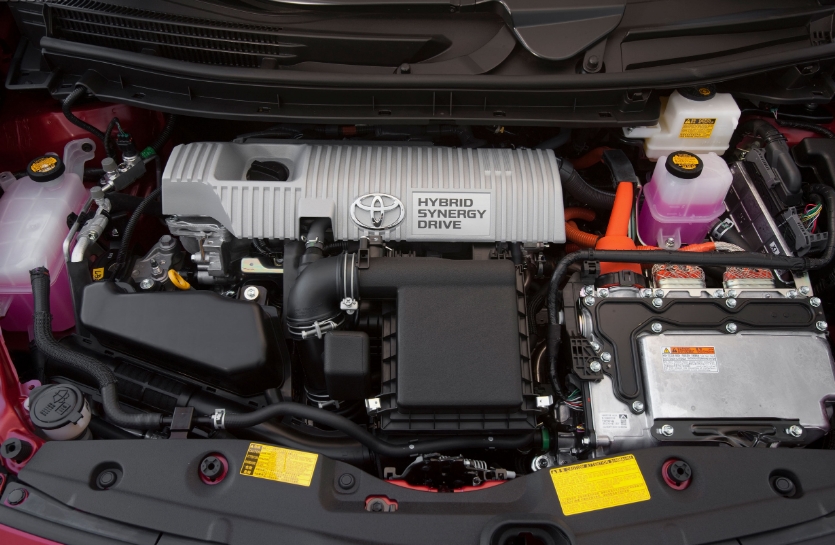
As before, it uses an automatic continuously-variable transmission (CVT), which drives the front wheels. Another electric motor powers the rear wheels when AWD is needed for extra traction. The lithium-ion hybrid battery self-charges through regenerative braking and doesn’t get plugged in. Should you want a PHEV, which can be charged to provide a range of battery-only driving, there’s the Prius Prime.
2026 Toyota Prius Plug-In Fuel Economy
Officially, the Prius Prime is rated at a combined 4.3 L/100 km for city/highway driving, and at 1.8 Le/100 km – the gasoline litres equivalent when it’s running on electricity. Natural Resources Canada (NRCan) estimates the cost of fuelling a vehicle for a year, and with its plug-in ability, the Prius Prime comes in at $635 annually, versus $898 for a regular Prius. 2026 Toyota Prius Plug-In Specs
During my week with it, on the days that I was able to plug it in and run on that charge first, the average on my dashboard readout was 2.7 L/100 km. I took it out of town for a weekend and my hotel didn’t have a charging station, so I ran exclusively on hybrid operation for three days. Even so, over the course of a week, I averaged an impressive 3.3 L/100 km, and spent $31 (at $1.16/L) to travel 804 km.
2026 Toyota Prius Plug-In Safety Features
Toyota Safety Sense, which utilizes electric power steering to tug you back if you cross the line, adaptive cruise control, emergency front braking with pedestrian recognition, and automatic high lights are all included on the Prius Prime. Though it is limited to the Upgrade trim level, the $3,000 Technology Package does include blind-spot monitoring and rear cross-traffic warning. 2026 Toyota Prius Plug-In Specs
All that said, there’s one “safety” feature I’d like to see Toyota send to recycling, if not the landfill: whenever you shift into Reverse, there’s constant beeping. It’s not outside, where it might warn pedestrians that an otherwise silent car is backing up, but rather inside, where it beep-beep-beeps until you select another gear. I know when I’m backing up and don’t need an alarm to tell me.
2026 Toyota Prius Plug-In Price and Release Date
While the regular Prius starts at $28,550 and goes as high as $35,250, the Prius Prime runs between $32,990 and $37,990. Debating the difference will depend on how often you plan to charge it up: if you plug it in at every opportunity, you’ll likely make up the difference that much faster. Plus, if you’re willing to accept the longer charging time, you can plug the Prius Prime into your regular household outlet, without paying to install a 240-volt home charger. 2026 Toyota Prius Plug-In Specs
I do wish Toyota would make the optional Technology Package available on the base Prime, though. I wouldn’t buy the Upgrade trim level solely because I’d be stuck with that awful centre screen, but I do like some of the tech pack’s features, including the head-up display, auto-dimming mirror, and the blind-spot monitoring – which I’m surprised isn’t included as standard equipment on all models.
